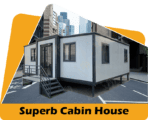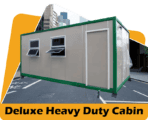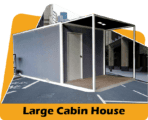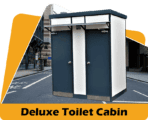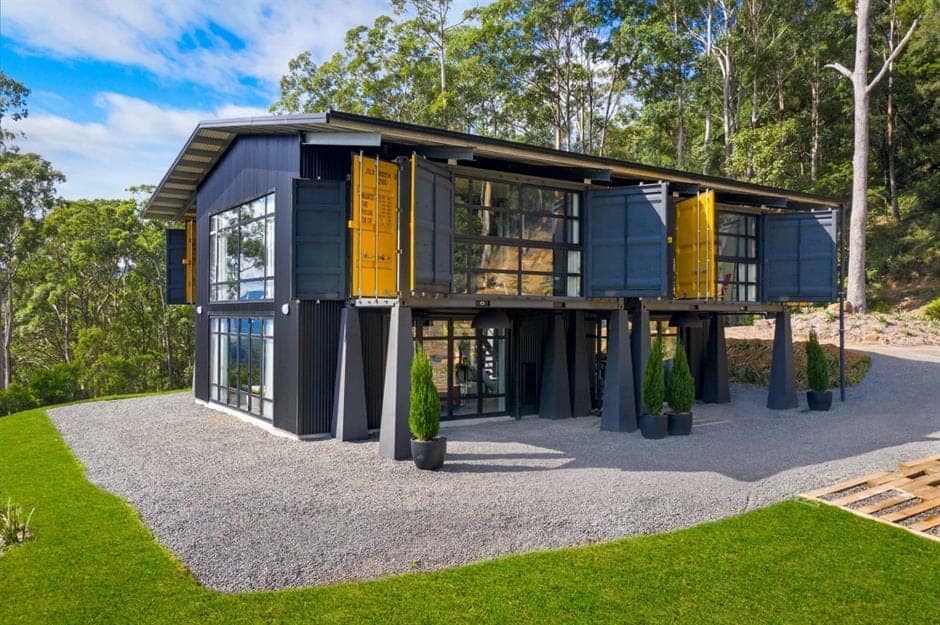
Embrace Off-Grid Living in a Tiny House: Sustainable and Self-Sufficient Lifestyle
Living off the grid has become an increasingly popular lifestyle choice in recent years. As people seek to reduce their environmental impact and gain more independence, off-grid living offers a sustainable and self-sufficient solution. One fascinating aspect of this movement is the embrace of tiny houses. In this article, we will explore the concept of off-grid living in a tiny house and the benefits it brings to individuals and the environment.
Table of Contents
- Introduction: What is Off-Grid Living?
- The Appeal of Tiny Houses
- Choosing the Right Location
- Energy Independence with Solar Power
- Harvesting and Conserving Water
- Waste Management Solutions
- Food Production and Sustainable Agriculture
- Embracing Minimalism and Decluttering
- Creating Functional and Efficient Spaces
- Building Techniques for Tiny Houses
- Overcoming Challenges of Off-Grid Living
- Cost Considerations and Financial Benefits
- The Psychological Impact of Off-Grid Living
- Building a Supportive Off-Grid Community
- Conclusion
- Frequently Asked Questions
1. Introduction: What is Off-Grid Living?
Living off the grid refers to a lifestyle where individuals or families choose to live independently from public utilities such as electricity, water, and sewage systems. Instead, they generate their own power, collect and conserve water, and manage their waste effectively. Off-grid living promotes sustainability, self-sufficiency, and a closer connection to nature.
2. The Appeal of Tiny Houses
Tiny houses have gained significant attention in recent years due to their affordability, minimalistic design, and low environmental impact. These compact homes typically range from 100 to 400 square feet, providing enough space for essential living while encouraging a simpler, clutter-free lifestyle.
3. Choosing the Right Location
Selecting the ideal location for your off-grid tiny house is crucial. Factors to consider include the climate, availability of natural resources, and legal considerations. It’s important to research local regulations and ensure that you are legally allowed to build and reside in your chosen location.
4. Energy Independence with Solar Power
Harnessing the power of the sun is a popular choice for off-grid energy generation. Installing solar panels on the roof of a tiny house allows you to generate electricity for lighting, appliances, and other electrical needs. With advancements in solar technology, it has become more affordable and efficient to rely on solar power for off-grid living.
5. Harvesting and Conserving Water
Water is a precious resource, especially in off-grid living scenarios. Implementing water harvesting techniques such as rainwater collection and installing water filtration systems can provide a sustainable water supply. Conserving water through low-flow fixtures and adopting water-saving habits also plays a crucial role in off-grid living.
6. Waste Management Solutions
Off-grid living emphasizes responsible waste management. Composting toilets, greywater recycling systems, and recycling practices help minimize environmental impact. These solutions ensure that waste is properly managed and used to benefit the surrounding ecosystem.
7. Food Production and Sustainable Agriculture
Growing your own food is a fundamental aspect of off-grid living. Tiny house dwellers often embrace sustainable agriculture practices such as permaculture, hydroponics, or vertical gardening. These methods allow for fresh produce year-round, reducing reliance on external food sources and promoting self-sufficiency.
8. Embracing Minimalism and Decluttering
Living in a tiny house requires adopting a minimalist mindset. Downsizing and decluttering become essential to make the most of limited space. By letting go of unnecessary possessions, individuals can focus on what truly matters, leading to a more intentional and fulfilling lifestyle.
9. Creating Functional and Efficient Spaces
Designing a tiny house involves careful planning to maximize functionality and optimize space utilization. Multi-purpose furniture, smart storage solutions, and innovative design techniques enable tiny house dwellers to have comfortable and efficient living spaces that meet their needs.
10. Building Techniques for Tiny Houses
Building a tiny house requires specialized knowledge and construction techniques. From choosing the right materials to incorporating energy-efficient design principles, understanding the unique requirements of tiny house construction is crucial for a successful off-grid living experience.
11. Overcoming Challenges of Off-Grid Living
While off-grid living offers numerous benefits, it also presents challenges. Limited access to amenities, potential regulatory hurdles, and adapting to a self-sufficient lifestyle can be demanding. However, with careful planning, research, and a resilient mindset, these challenges can be overcome, leading to a rewarding off-grid experience.
12. Cost Considerations and Financial Benefits
Off-grid living can provide significant cost savings in the long run. By reducing or eliminating utility bills, individuals can allocate their resources towards other aspects of their lives, such as personal growth, travel, or investments. However, it’s important to consider the upfront costs of building an off-grid tiny house and the necessary infrastructure.
13. The Psychological Impact of Off-Grid Living
Living off the grid can have a profound impact on mental and emotional well-being. The simplicity, connection to nature, and reduced distractions can promote mindfulness, inner peace, and a stronger sense of self. It offers an opportunity to break free from societal norms and embrace a more authentic and fulfilling way of life.
14. Building a Supportive Off-Grid Community
While off-grid living can provide solitude, it’s also essential to foster connections within the off-grid community. Building relationships with like-minded individuals allows for knowledge sharing, mutual support, and a sense of belonging. Off-grid communities often come together for shared resources, skill exchanges, and social activities.
15. Conclusion
Embracing off-grid living in a tiny house offers a sustainable and self-sufficient lifestyle. From reducing environmental impact to fostering a deeper connection with nature, this lifestyle choice allows individuals to live more intentionally and independently. While it comes with challenges, the rewards are significant, offering financial freedom, personal growth, and a renewed sense of purpose.
16. Frequently Asked Questions
Q1: Can anyone live off the grid in a tiny house?
Living off the grid in a tiny house is possible for anyone willing to embrace a simpler lifestyle and make the necessary preparations. However, it’s important to research local regulations and ensure that you have access to essential resources such as water and sunlight.
Q2: How much does it cost to build an off-grid tiny house?
The cost of building an off-grid tiny house varies depending on factors such as location, size, materials used, and personal preferences. On average, the cost can range from $20,000 to $100,000 or more.
Q3: What are the primary energy sources for off-grid living?
Solar power is the most common energy source for off-grid living. It provides a clean and renewable energy solution. Additionally, wind power, hydroelectricity, and biomass can be viable energy sources depending on the location and available resources.
Q4: Is off-grid living suitable for families with children?
Off-grid living can be suitable for families with children. However, it requires careful planning and consideration of the children’s needs, including education, socialization, and healthcare access. It’s important to create a nurturing environment that supports their growth and development.
Q5: How do I maintain internet connectivity while living off the grid?
Maintaining internet connectivity while living off the grid can be achieved through various means. Satellite internet, cellular data, or wireless hotspots are common options. It’s important to research and select a reliable internet service provider that caters to off-grid locations.
Living off the grid in a tiny house provides a unique opportunity to embrace a sustainable and self-sufficient lifestyle. By carefully choosing the location, utilizing renewable energy sources, managing water and waste effectively, and embracing minimalist principles, individuals can create functional and efficient living spaces that meet their needs. While there are challenges to overcome, the rewards of off-grid living include financial freedom, a deeper connection with nature, and a sense of purpose.
Are you ready to embrace the off-grid lifestyle in a tiny house? Start your journey towards a sustainable and self-sufficient future today!
Desain Rumah Kabin
Rumah Kabin Kontena
Harga Rumah Kabin
Kos Rumah Kontena
Rumah Kabin 2 Tingkat
Rumah Kabin Panas
Rumah Kabin Murah
Sewa Rumah Kabin
Heavy Duty Cabin
Light Duty Cabin
